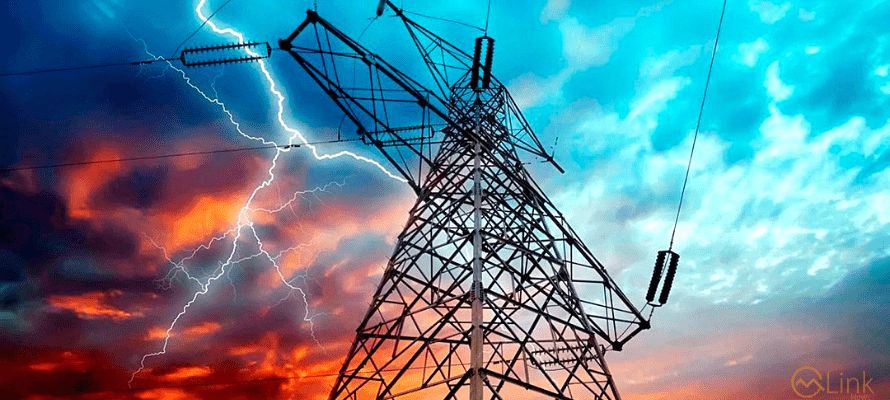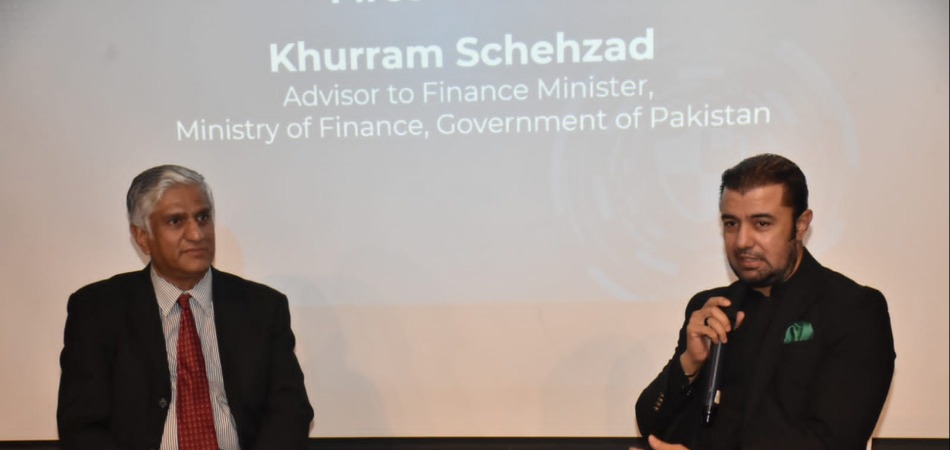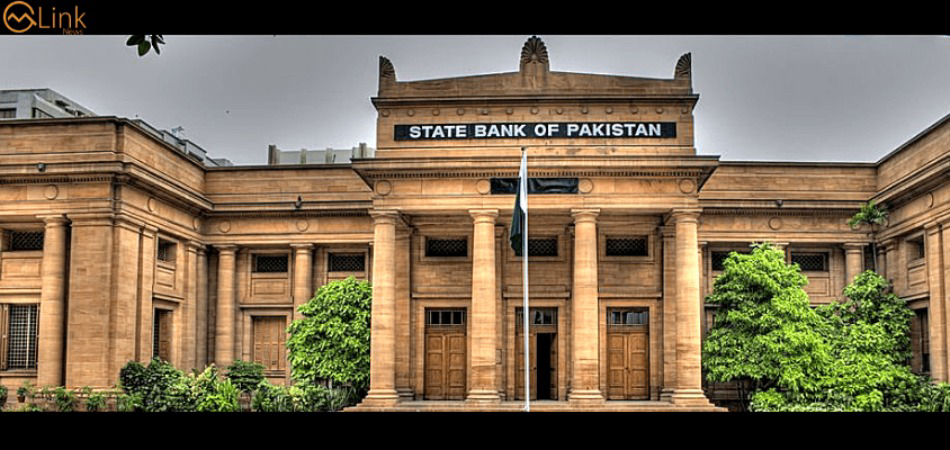Public fury, exporters' outcry force authorities to reassess IPP agreements

Nilam Bano | August 06, 2024 at 05:13 PM GMT+05:00
August 06, 2024 (MLN): The dilemma of rising electricity bills for residential and commercial users has forced them to question why electricity in Pakistan is becoming so prohibitively expensive. Why should people pay exorbitant bills that far exceed their monthly earnings? In response, one word has dominated the headlines, Independent Power Producers (IPPs) for a little longer this time.
It is important to note that residential consumers are slammed with skyrocketing electricity bills crying out for a long time but in vain for government intervention. However, there was no significant action or development from the government.
The situation took a dramatic turn when the IMF demanded the removal of subsidies for exporters. Then, exporters/big industrialists joined the chorus of discontent, and their blow was powerful enough to jolt the government into action regarding the mounting electricity prices.
No doubt, their influence has brought this issue to the forefront which forced the authorities to confront the crisis head-on.
The science behind IPPs:
For the unversed, capacity payments and variable costs related to energy production are the two tiers on which IPP contracts for electricity sales are structured.
Capacity payment comprises all fixed costs of the IPPs including debt repayments, operations and maintenance (O&M) expenses, and a return on equity (RoE) at an agreed rate.
The main culprit in this deal is that these payments are required regardless of whether any electricity is purchased.
While variable costs include if more than 60% of a plant's capacity is used for electricity generation, the IPP receives additional payments.
At this time Pakistan has an installed generation capacity of 45,885 MW, with 52% from state-owned entities and the remaining 48% from IPPs. However, the country’s peak summer demand reaches only around 30,000 MW, whereas in winter peak loads shrank to approximately 12,000 MW, according to Federal Minister for Energy (Power Division), Sardar Awais Ahmad Khan Leghari.
However, the transmission lines can only handle a maximum supply of 22,000 megawatts, he added.
Interestingly, despite the current oversupply of electricity, IPPs are set to add another 7,460 MW by 2032.
Overpaid IPPs:
Dr Gohar Ejaz Chairman of FPCCI-PREG and former Minister of Commerce highlighted that private sector IPPs are operating at an average capacity of 36% yet charge Rs26.87 per unit in capacity charges. Ideally, these charges should be around Rs8 per unit.
This results in an annual overpayment of Rs700 billion. If IPPs were compensated based on actual electricity produced (Take and Pay basis instead of Take or Pay basis), Pakistani consumers would save Rs 16 per unit on their electricity bills.
He also shared a detailed insight regarding the payments made to IPPs. The government buys the highest electricity units at Rs750 per unit from one power plant, while it purchases at an average of Rs 200 per unit from coal power plants.
Additionally, it pays above Rs 50 per unit from wind and solar sources. All of these are running below 20% of their capacity. Payments to IPPs total Rs 1.95 trillion, with an additional Rs 160 billion under verification.
The government is making capacity payments of Rs 140 billion to one plant operating at a 15% load factor, Rs 120 billion to another plant at a 17% load factor, and Rs 100 billion to a third plant at a 22% load factor. This amounts to Rs 370 billion for just three plants running at a 15% load factor all year.
Discussion with IPPs proposed:
As the issue intensified, the government faced calls to renegotiate agreements with the respective IPPs.
While some voices advocated for an end to what they deemed the "IPP drama," the Minister of Energy highlighted the complexity of the situation, noting that these contracts are bound by sovereignty and international law.
He emphasized that terminating these agreements cannot be done and that a more measured approach, involving discussions with the IPPs. It is necessary to address the matter effectively.
IPPs audit demanded:
Upon the recommendation of industrialists and trade associations, the Senate Standing Committee on Cabinet took a hard look at the National Electric Power Regulatory Authority (Nepra), demanding a forensic audit of IPPs along with a comprehensive list of their owners.
The committee accused these entities of raking in trillions from consumers without generating a single unit of electricity.
The parliamentary panel grilled Nepra over the controversial agreements with IPPs, alleging that these companies have been pocketing massive sums annually without delivering adequate electricity.
Tracing the roots:
Let's journey back in time to better understand the background of Pakistan’s energy landscape.
From 1947-1970, the country was doing fine in terms of energy requirements. From the 1970s onward, Pakistan's power sector has been a field of disagreements and political trials. The Kala Bagh Dam project which is still stalled was the beginning of a long history of energy-related clashes, which continue to this day.
The "Bijli Ghar" Policy: To address the country's energy crisis, the "Bijli Ghar" policy was introduced three times in different governments over the last 77 years. Each time, different policies for Independent Power Producers (IPPs) were introduced.
In 1994, HUBCO and other power contracts were established during the PPP government but in 90’s the political landscape of Pakistan was greatly unstable and governments rarely lasted more than two and a half years.
In the 2000s under General Pervaiz Musharraf’s era, most of the IPP plants were set up by domestic families and major industrialists mainly the textile and sugar sectors. The controversial Kala Bagh Dam project also stalled during this time.
Musharraf's era, eight years of power dominance, witnessed both good and bad, but the bad left scars that can still be felt today. In 2006, the global commodity super cycle posed significant challenges, but Musharraf, under political pressure, refrained from raising petrol and electricity prices despite knowing that the country was heavily reliant on imported furnace oil. The lack of price adjustments eroded the progress made during his tenure.
Right after Musharraf’s era, the PPP held the reign of a sweltering economy. The PPP government entered into a much-needed IMF program, which required the removal of subsidies on petroleum and electricity prices and the introduction of social programs like the Benazir Income Support Programme (BISP).
Although they raised petrol prices but brushed off the topic of raising electricity prices under the carpet.
In addition, the introduction of rental power plants, including a controversial Turkish plant that produced no electricity, worsened the crisis while the Nandipur project operated on expensive diesel which ballooned the circular debt to Rs500 billion.
During its tenure, PML-N paid off the Rs500bn circular debt securing a feather in a cap. But at the same time, projects like the Neelum-Jhelum plant made things worse.
Moreover, under China-Pakistan Economic Corridor (CPEC) power projects, contracts were signed at high rates, with no provisions for distribution to consumers. By the end of Nawaz Sharif's tenure, capacity payments had soared to Rs400-500bn.
PTI’s era: During Imran Khan's government, capacity payments increased to Rs1400bn annually. Considering the severity of situation, the government renegotiated earlier IPP agreements and fixed the dollar charges at Rs148 per dollar, according to Muzammil Aslam Advisor on Finance to the CM KP.
The controversial rental power project fine of Rs1bn was resolved with Turkey's assistance, and the Rekodiq project which was slammed a $12bn fine, was also restarted.
Right after no-confidence motion, when the Pakistan Democratic Movement (PDM) took office, the country's debt stood at Rs4300bn, with monthly capacity payments of Rs1400-1500bn.
Capacity payments reached Rs2100bn by now and are projected to increase to Rs2700-2800bn by next year, he added.
Lately, the IMF has demanded the removal of all electricity subsidies, including those for exporters. Reportedly, the same exporters who previously established power plants and sold electricity to the government, bought back the same at lower rates.
The country produced 125bn units of electricity in 2024, with transmission and distribution (T&D) losses at 11.7%. Next year, production is expected to drop to 120bn units, with T&D losses at 11.4%. In 2024, 15bn units were lost to theft, amounting to Rs500bn.
The cost per unit of electricity was Rs7.63. However, it is expected to rise to Rs11.94 next year, despite declining international prices for coal, gas, and oil.
The IMF has imposed additional fuel charges of Rs3.5 per unit, pushing capacity charges to Rs17 per unit this year and Rs18.39 next year, he also noted.
It is important to note that the government is encouraged to provide direct subsidies for up to 100, 200, and 300 units, while the IMF has restricted the signing of any new electricity projects.
It seems that Pakistan's energy crisis just hit the breaking point and after this hue and cry, the authorities will soon find a way to address the urgent need for a sustainable solution.
Copyright Mettis Link News
Related News
| Name | Price/Vol | %Chg/NChg |
|---|---|---|
| KSE100 | 138,412.25 167.69M | 0.32% 447.43 |
| ALLSHR | 85,702.96 423.92M | 0.15% 131.52 |
| KSE30 | 42,254.84 82.09M | 0.43% 180.24 |
| KMI30 | 194,109.59 84.37M | 0.15% 281.36 |
| KMIALLSHR | 56,713.67 217.03M | 0.03% 16.37 |
| BKTi | 37,831.34 13.04M | 1.62% 603.62 |
| OGTi | 27,440.63 3.93M | -0.09% -23.70 |
| Symbol | Bid/Ask | High/Low |
|---|
| Name | Last | High/Low | Chg/%Chg |
|---|---|---|---|
| BITCOIN FUTURES | 117,500.00 | 119,740.00 116,460.00 | -795.00 -0.67% |
| BRENT CRUDE | 73.39 | 73.63 71.75 | 0.88 1.21% |
| RICHARDS BAY COAL MONTHLY | 96.50 | 0.00 0.00 | 2.20 2.33% |
| ROTTERDAM COAL MONTHLY | 104.50 | 104.50 104.50 | -0.30 -0.29% |
| USD RBD PALM OLEIN | 998.50 | 998.50 998.50 | 0.00 0.00% |
| CRUDE OIL - WTI | 70.33 | 70.51 68.45 | 1.12 1.62% |
| SUGAR #11 WORLD | 16.46 | 16.58 16.37 | -0.13 -0.78% |
Chart of the Day
Latest News
Top 5 things to watch in this week
Pakistan Stock Movers
| Name | Last | Chg/%Chg |
|---|
| Name | Last | Chg/%Chg |
|---|



